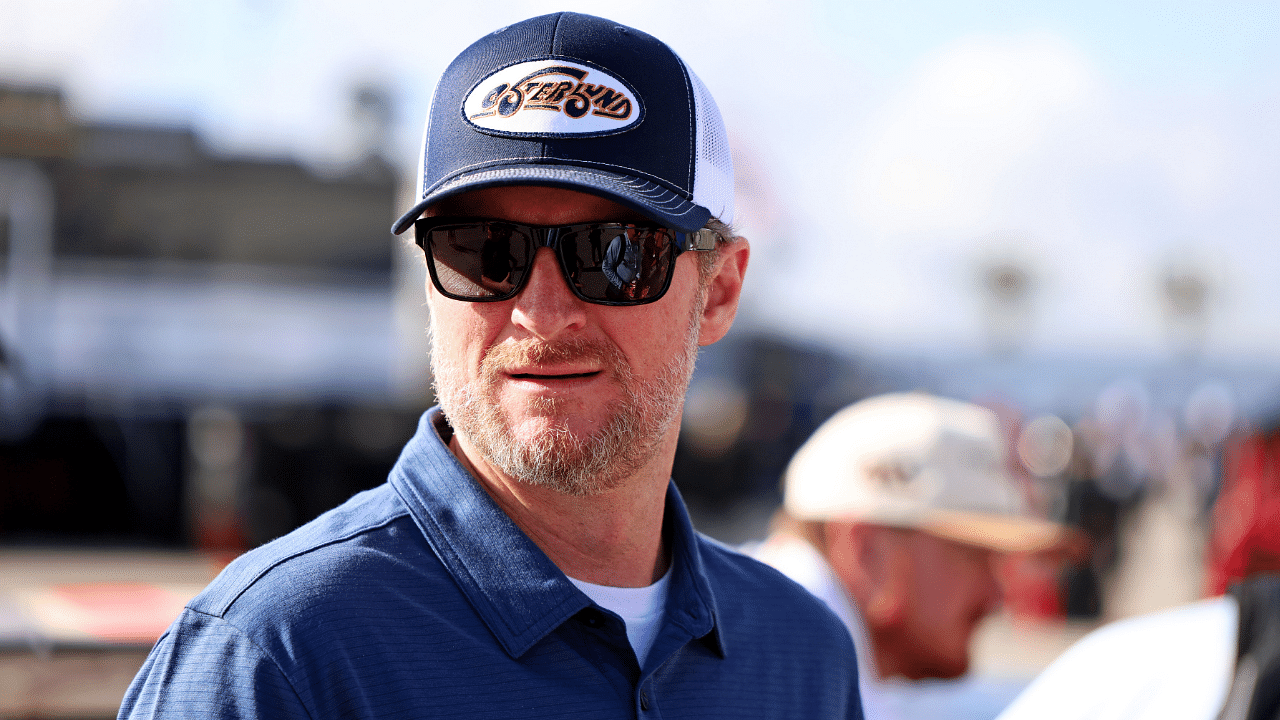Dale Earnhardt Jr. Admits He May Have Overreacted to Next Gen Car After Strong NASCAR Showings
Dale Earnhardt Jr. Admits He May Have Overreacted to Next Gen Car After Strong NASCAR Showings
For months, the Next Gen car has been the center of controversy in NASCAR. Drivers, analysts, and fans alike have criticized how it handles on short tracks and superspeedways. But after back-to-back strong races at Richmond and Daytona, even Dale Earnhardt Jr. is starting to reconsider his stance.

Two Weeks That Changed the Conversation
The Coke Zero Sugar 400 at Daytona delivered everything fans love about superspeedway racing — pack intensity, strategy, and a thrilling finish. Ryan Blaney’s late charge from 13th to 1st in the final two laps gave fans one of the most exciting closing sequences of the Next Gen era.
Add that to Richmond’s short-track showdown, widely seen as the best Cup Series short-track race with this car, and the narrative surrounding the Next Gen suddenly feels different.
Dale Jr. Reflects: “Guilty as Charged”
Responding to Racing America’s Toby Christie, Earnhardt Jr. admitted he may have been too quick to criticize.

“Indeed. A couple weeks of criticism (guilty as charged) followed by two really solid races at two configurations of concern. Was last night different because we weren’t in extreme fuel-saving mode? An honest question. Richmond seemed much improved. Is this mostly due to the tire? I’d say it was a big help. I hear Richmond tire is going to New Hampshire also.”
His comments highlight what many have wondered: are improvements in tires and track conditions finally helping the Next Gen reach its potential, or were these races just the result of unique circumstances?
Daytona: A Tale of Two Races
Daytona itself raises more questions. Was the summer race more exciting because drivers were desperate to make the playoffs, forcing aggressive moves? Or is the track finally aging in a way that benefits the Next Gen package?
Unlike the Daytona 500 earlier this year, which leaned heavily on fuel-saving strategies, Saturday night’s race featured constant pressure and pace-pushing. Fuel strategy still existed, but it didn’t dominate the action.

The Road Ahead
All eyes now turn to Darlington, a notoriously difficult intermediate track where the Next Gen has historically struggled with passing. In the spring race, William Byron dominated, only for Denny Hamlin to steal the win with a perfect final pit stop.
If Darlington produces the same stale racing as before, critics will be quick to return. But the stakes are higher now. With the playoffs on the line, drivers may be forced into riskier strategies, pushing the limits of the car and creating the drama fans crave.
Final Thoughts
Dale Earnhardt Jr.’s honesty reflects what many fans are thinking: maybe the Next Gen car isn’t broken after all. Richmond and Daytona have shown flashes of what NASCAR hoped for when the car was introduced — competitive, unpredictable, and exciting racing.
The real test, however, lies in consistency. If Darlington and other upcoming tracks deliver the same level of drama, the conversation may shift from criticism to celebration. Until then, skepticism lingers — but for the first time in a while, there’s reason for optimism.




